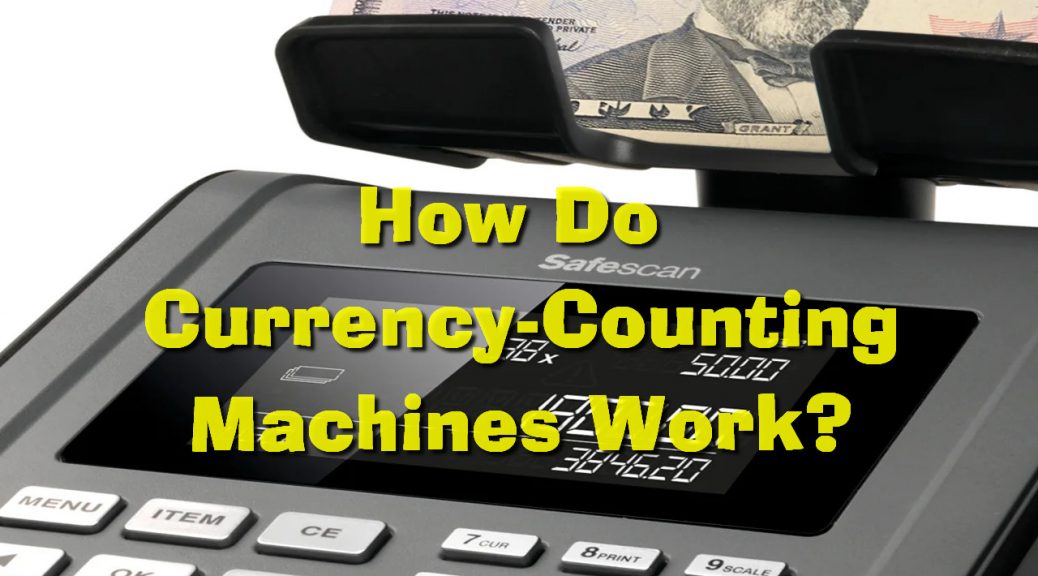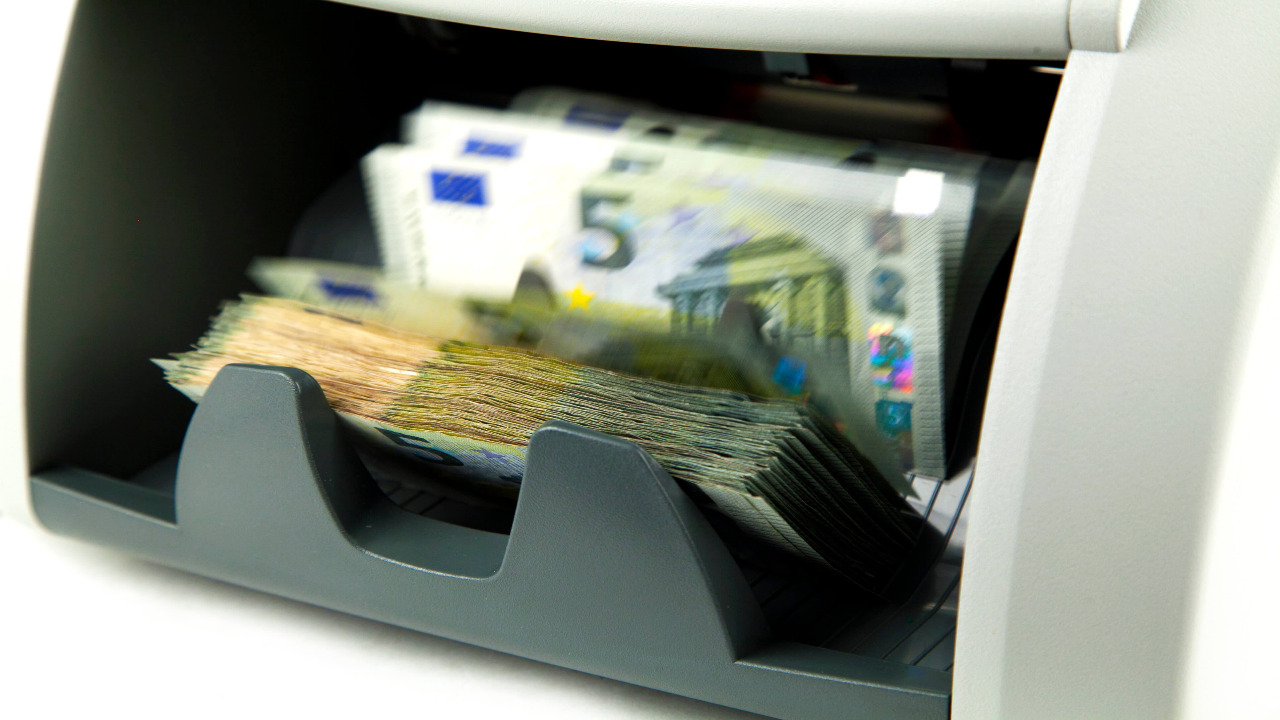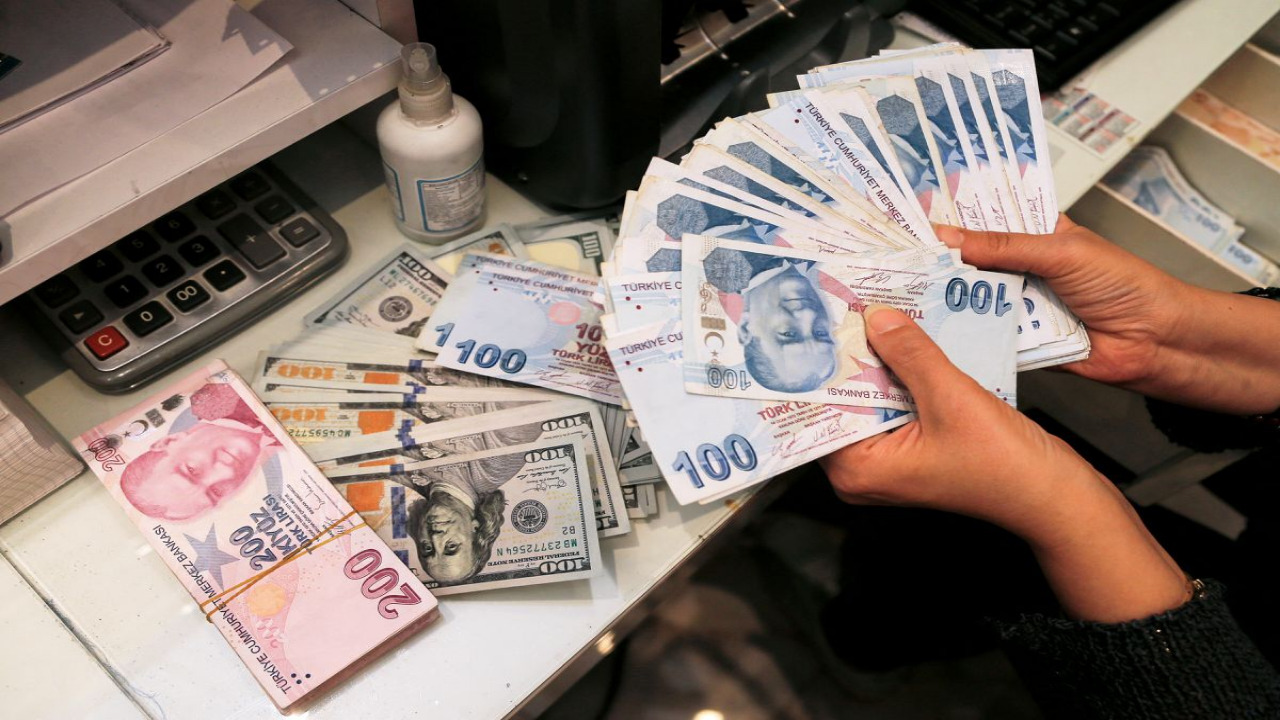
How Do Currency-Counting Machines Work?
A currency-counting machine is a device that counts cash automatically. Modern models not only count money but also check it with numerous criteria, including integrity, duality, authenticity, etc. They also sum and pack banknotes and sort them according to set parameters. In this article, we will talk about the counting machine for money: what it is, what kinds of devices exist, and what their features are; we will also tell about the functionality of the equipment and how to use it.
What is a counting machine

First of all, there is a division into portable and stationary counters. The former are designed for outdoor use, can run on batteries and from a car cigarette lighter, and are used at home or by courier services. They are not intended for processing large amounts of money and have a low counting rate (500-800 banknotes per minute). Machines in this category can be used continuously for up to 5-6 hours, so they are not suitable for use by institutions, where non-stop counting of large amounts of cash is assumed. Stationary devices, depending on functionality, are divided into semi-professional and professional. Almost all stationary models are equipped with additional options, including summing, wrapping, banknote checking, mixed denomination bill counter, cash originality analysis, etc.
The first group includes middle-class counters designed for medium amounts of cash. They work up to 12 hours a day, which is enough to provide error-free processing of banknotes during one work shift. Such devices are used in accounting departments of enterprises and at the cash desks of stores. Bank-class machines designed for the continuous counting of large amounts of money are considered professional. They have a high speed of processing (up to 2000 banknotes per minute). Counters of this group are designed for non-stop work for 24 hours (subject to periodical interruptions) and are used in bank offices and money storage.
A currency counter is not only a means of counting cash

A currency counter is equipped with a system of rollers that provide for counting banknotes. The principle of operation is simple: when a user loads money into the tray, the rollers begin to grab banknotes one by one and guide them through the tract of the machine. This interrupts the light flow of the counter. It turns out that the number of interruptions coincides with the number of banknotes. Thus, the final number is fixed and displayed on the screen of the machine. Many models have an adjustment of the counting speed.
A reduced speed can be used for old and worn banknotes: at high rates, they may tear. However, counting without additional functions is performed mainly by the most budgetary portable counters: semi-professional and professional devices have other options. For example, popular models mostly combine the functions of a counter, currency detector, and sorter. At maximum speed, the device can provide only a recount, without summing, verification, denomination, and other operations.
Instructions for functioning

In addition to calculating the number of banknotes, most models of counters allow you to sum them and give a total sum. Tallying can be done with or without prepackaging. Bagging or bundle control is a useful function with which you can form money packages with a specific number of banknotes. The machines are configured with standard values, but the user can choose the necessary parameter himself. The machine will stop when the counter reaches the desired value.
If the money placed in the hopper is less than it should be in the pack, the machine notifies about it with an inscription on the display. To complete the operation correctly, you need to add cash to the receiving tray. Many models determine the denomination of banknotes. This is possible thanks to special built-in scanners that detect the denomination by the image on the banknote. Such a feature is convenient for the formation of cash bundles of the same denomination. Special sensors installed in modern counting machines detect and sort out double, damaged, or half banknotes. The principle of this check is simple: double banknotes have less light permeability as they are twice as thick, and in the places of missing fragments the light permeability will be absolute.